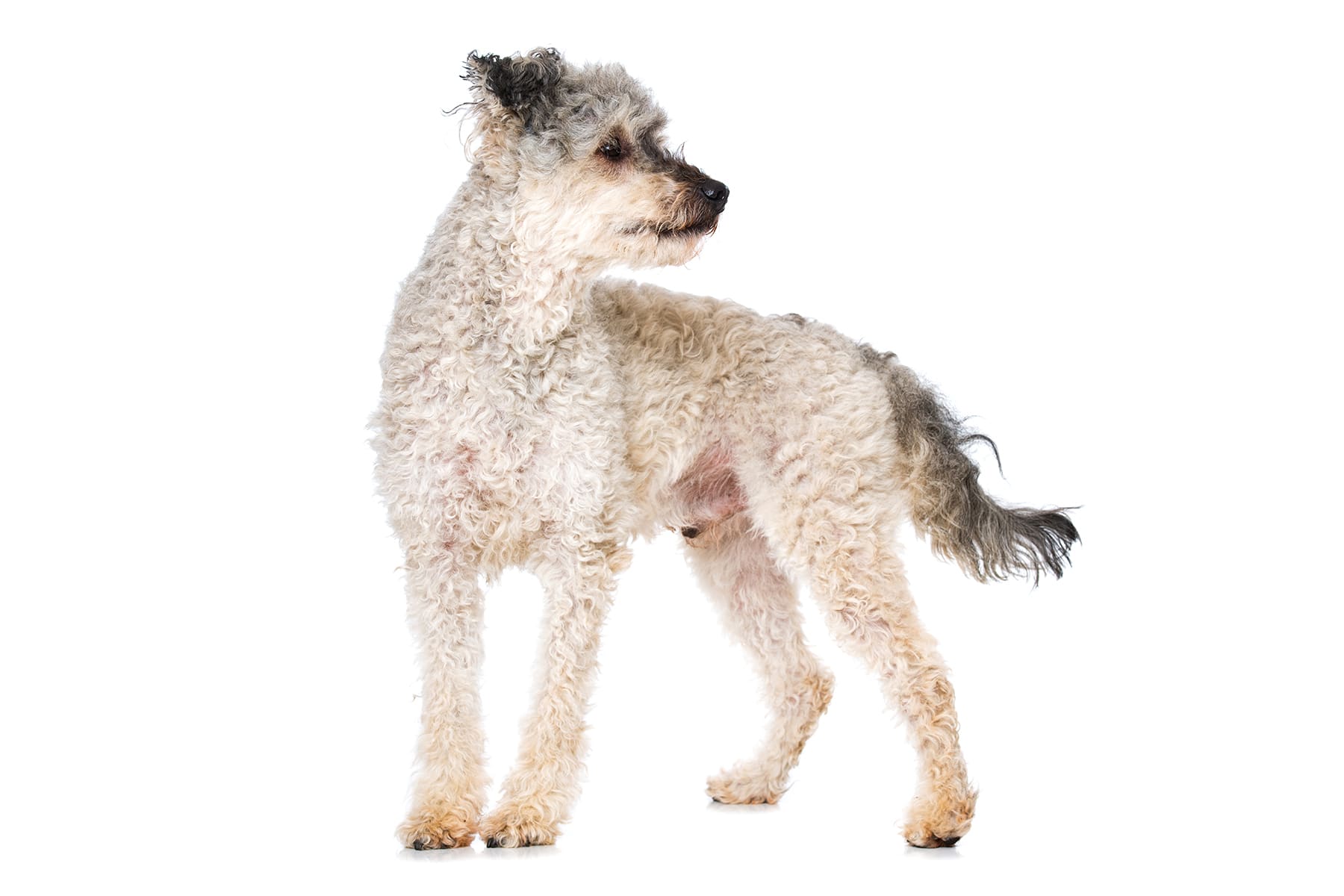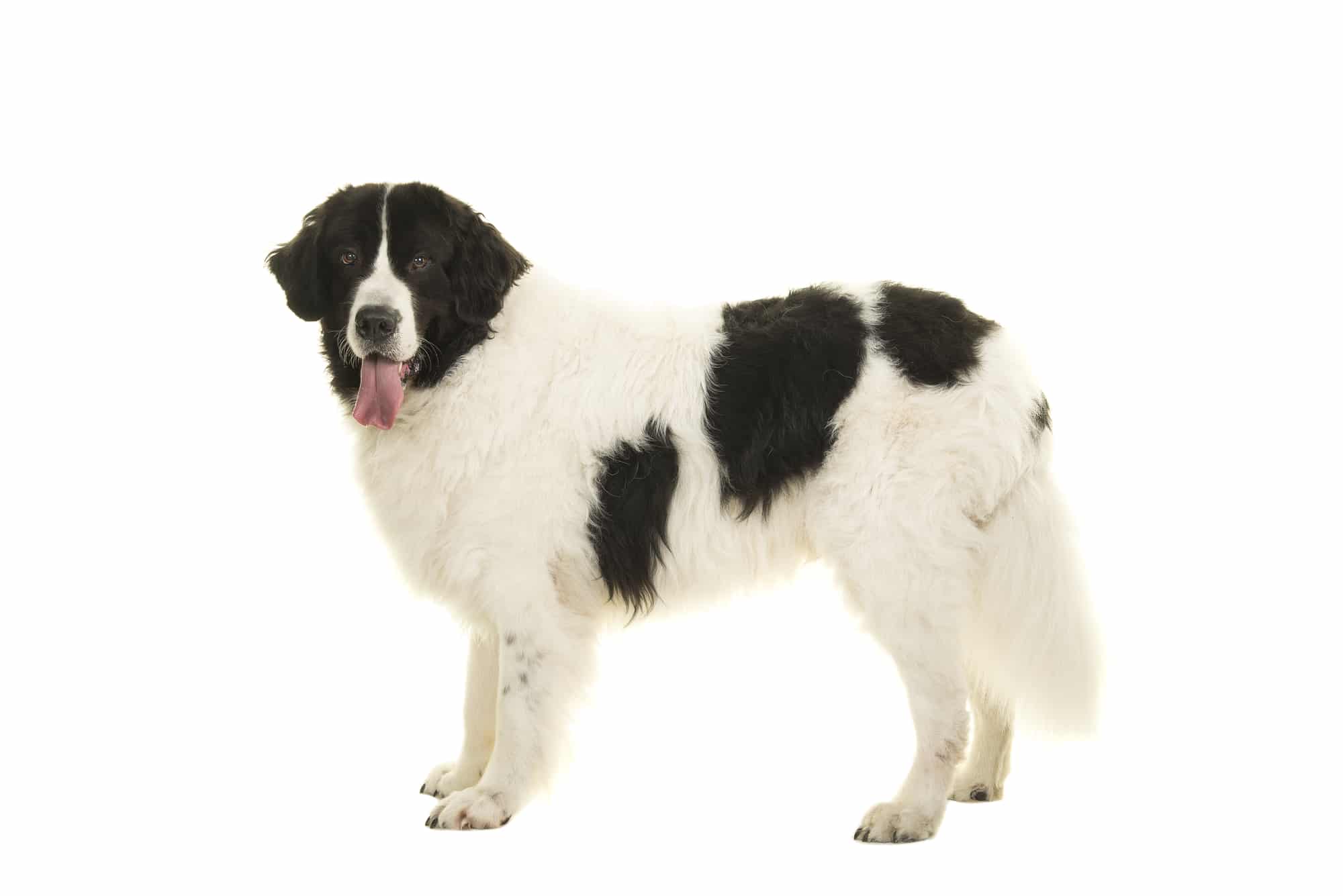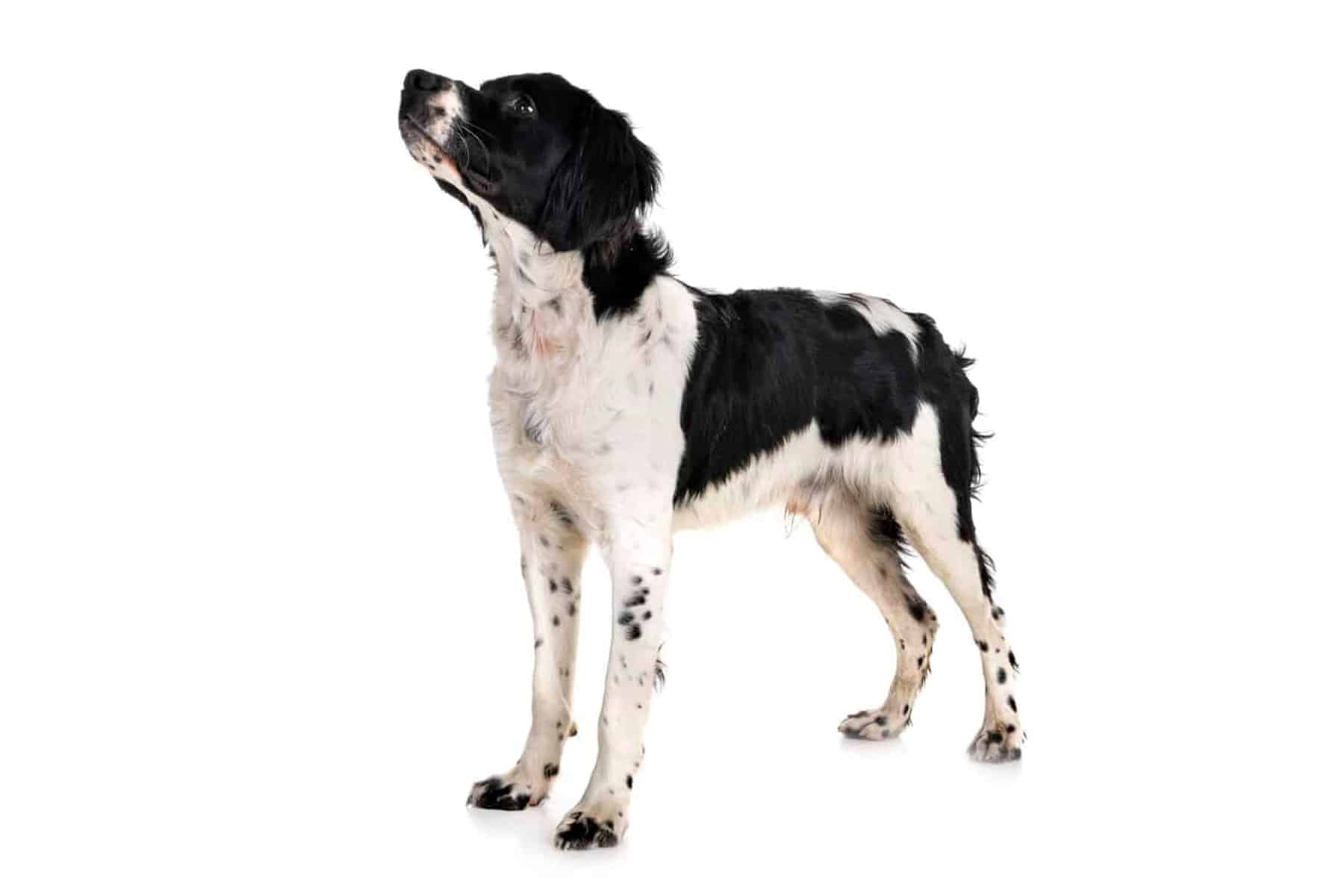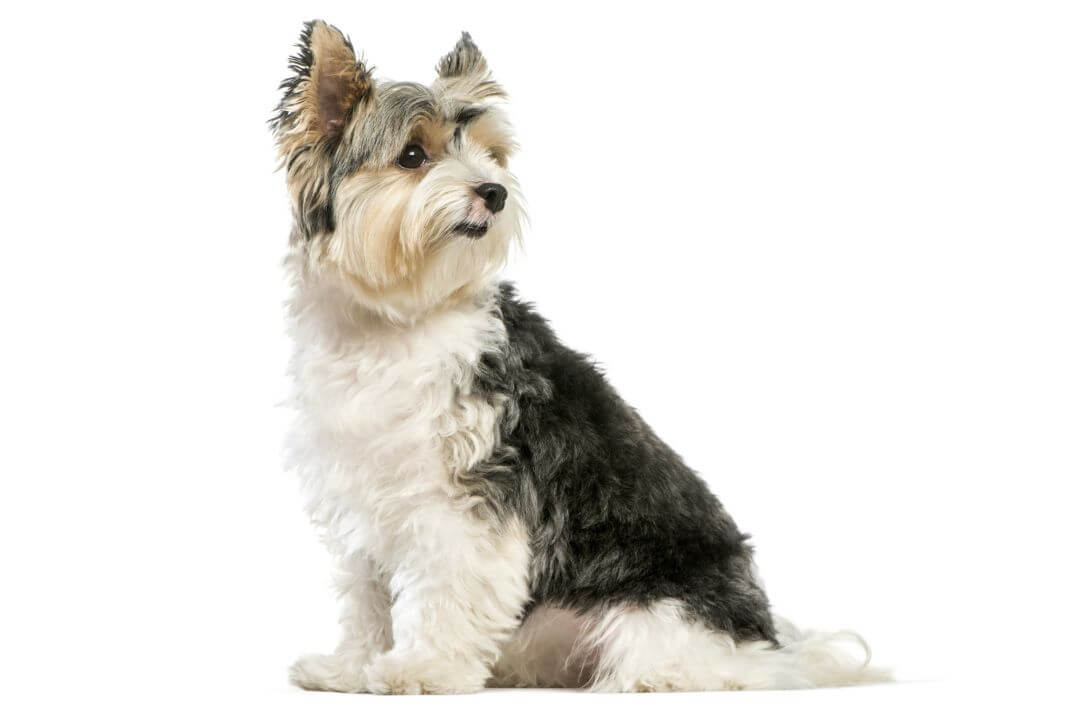Neapolitan Mastiff
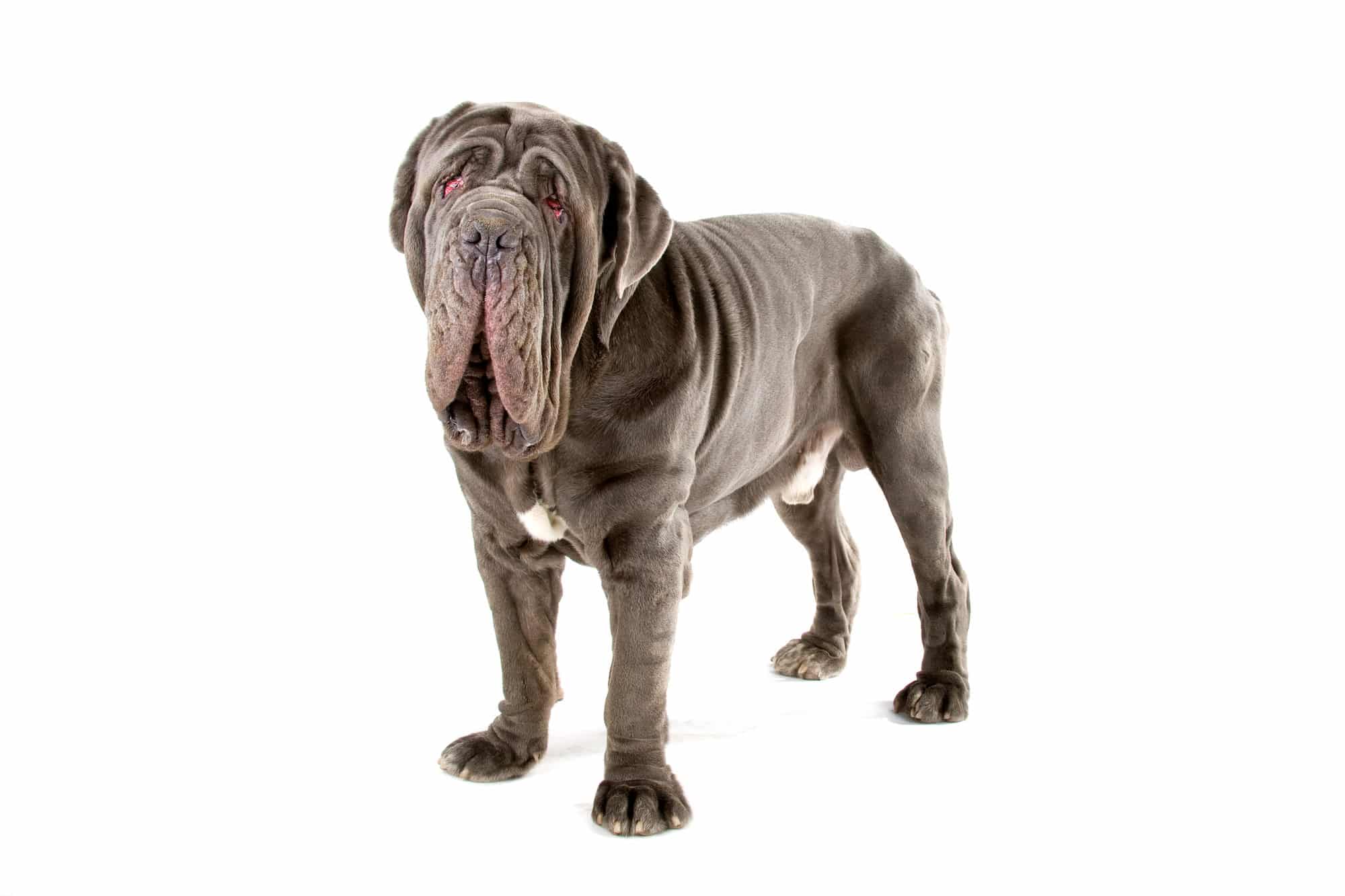
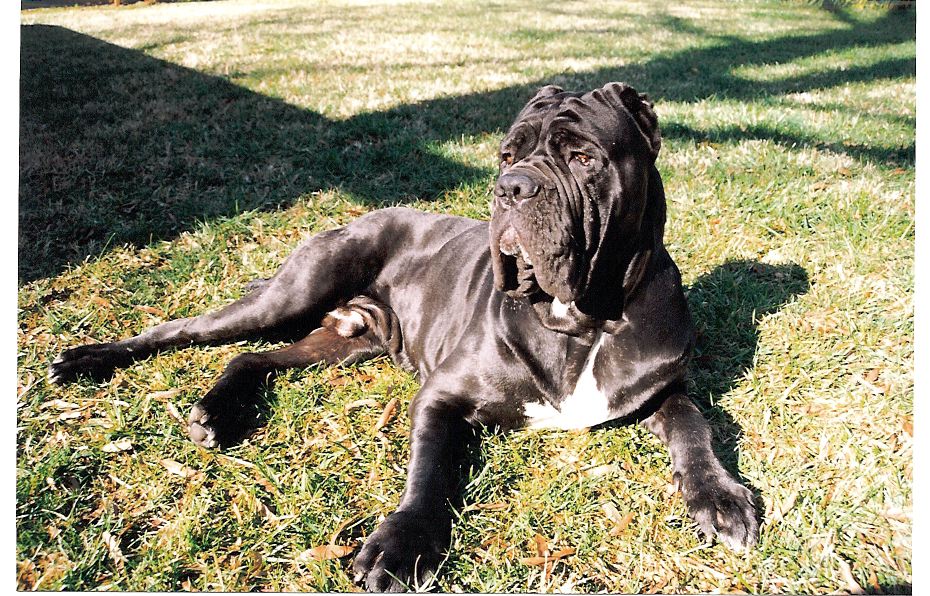
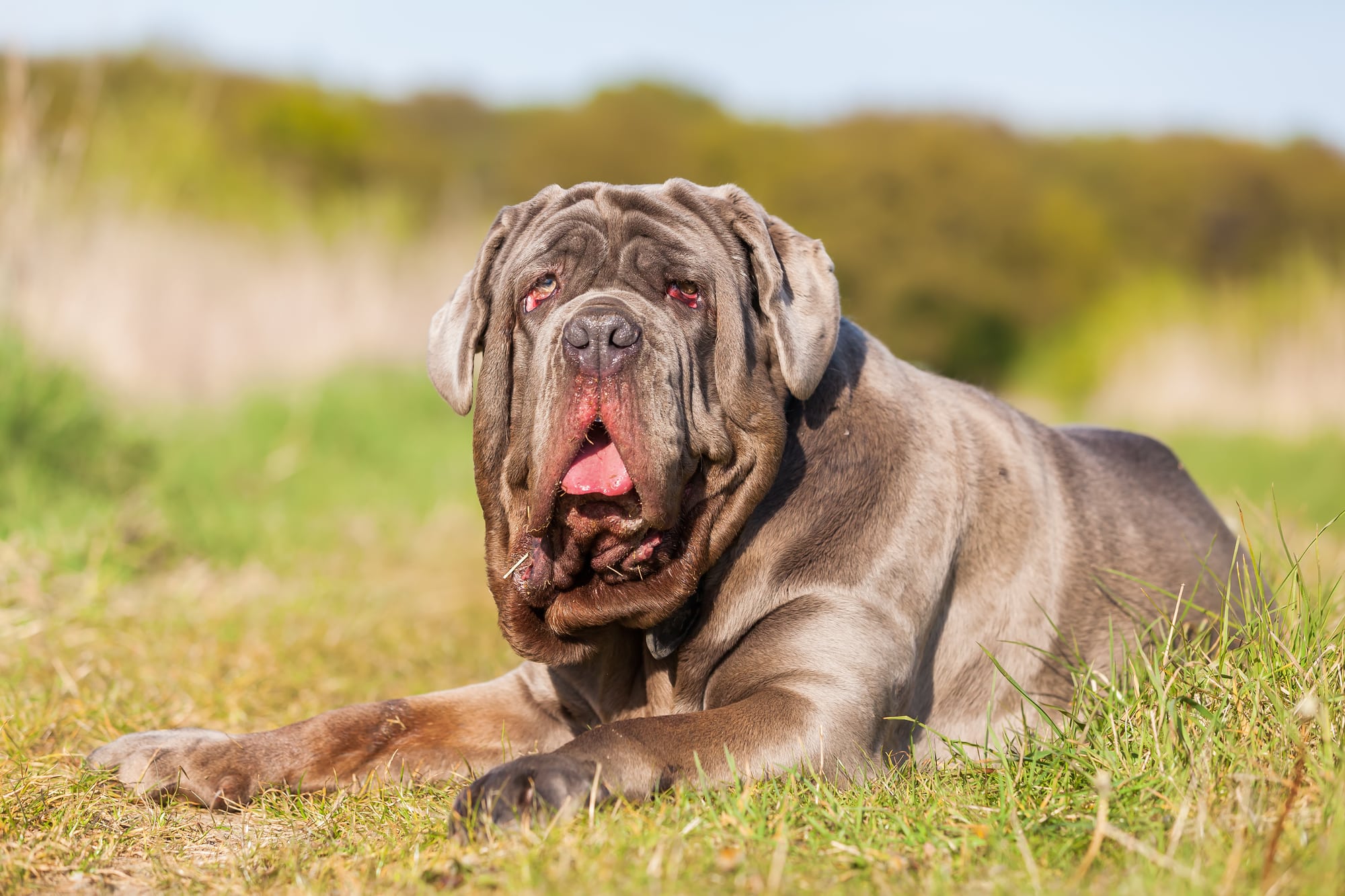
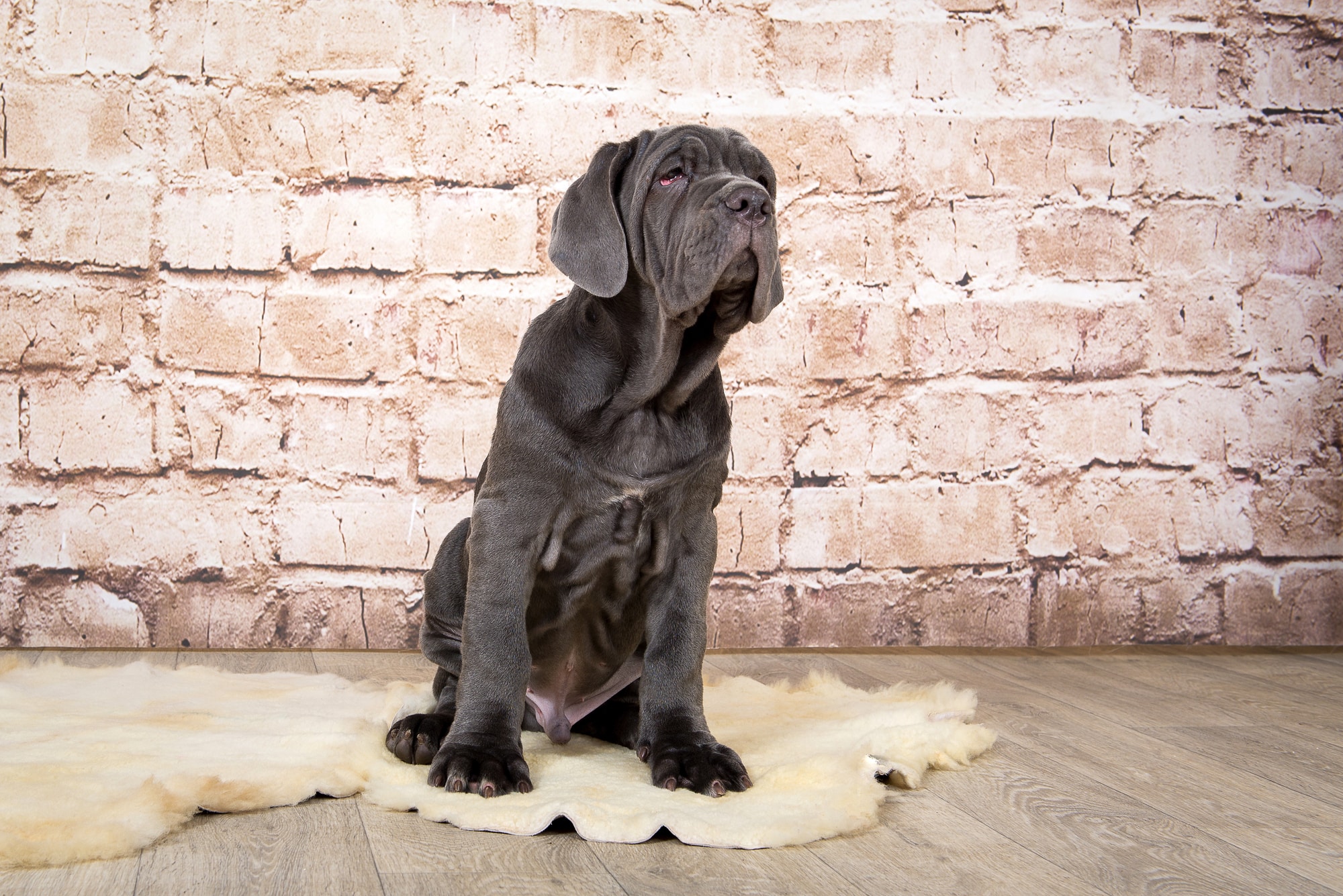
Temperament:
The Neapolitan Mastiff is one of the most impressive dog breeds. Its size and coat markings are striking. It has strong self-confidence and courageously defends its territory. Its calm disposition makes it a cool contemporary.
Characteristics
The Neapolitan Mastiff is a recognized Italian dog breed. It is classified by the FCI in Group 2, Pinscher and Schnauzer and other breeds. It belongs to Section 2, Molossoid and Dogue-like dogs.
This dog is characterized by its stocky build, with strong muscles, especially on the back. With its high body weight, it is a heavy dog. Its body length exceeds its shoulder height. This makes him appear even bulkier.
The height at the withers is 65 to 75 centimeters for males and 60 to 68 centimeters for females. The weight of a female dog is between 50 and 60 kilograms. A male dog weighs between 60 and 70 kilograms.
The typical molossian head is striking. It has a powerful skull and a strong frontal bone. The pendulous ears, on the other hand, are rather small. They lie on the side of the head. The facial expression is calm and the overall impression is imposing.
One of the most characteristic features, however, is the skin. It is far too large in relation to the body and borders on torture breeding. It is very flabby and lies in wrinkles and folds. The head in particular is covered with it.
The Neapolitan Mastiff's coat is short and rough. There are different color variations: black, blue, brown, grey, tawny, mahogany, brindle. Light shades of color may appear on the chest and paws. As a rule, the original Mastinos are solid dark brown to black. Gray occurrences are due to a genetic defect and only came into the breed later.
The character of the Neapolitan Mastiff can be described as balanced and calm. He fits in well with the family. It is a self-confident dog. If necessary, he will courageously defend his territory and his pack.
It is important that he is well socialized and follows the commands and rules. He must respect the hierarchy in the pack and accept his human as the pack leader one hundred percent. If he does not, he will take over the leadership.
Training a Neapolitan Mastiff is not easy. It succeeds on the basis of friendly and respectful interaction. It needs consistency and clear instructions. A visit to a dog school or a dog trainer is recommended.
This self-confident and strong dog breed belongs in the hands of experienced dog owners. Otherwise, the dog may show an exaggerated protective instinct, a refusal attitude and a desire to attack.
If you want to get an adult dog, good planning is important. A conversation with the previous owner or the animal keeper is highly recommended. This will tell you interesting facts about the dog's history, socialization and possible problems.
Coat care:
Shedding:
Energy level:
Trainability:
Children suitable:
The right food
When choosing food, make sure that it contains high-quality ingredients, is balanced and meets your dog's requirements. Age, size or weight, activity and health status play an important role. You should follow the manufacturer's recommendations for the amount of food.
Treats should only be fed in moderation and deducted from the basic diet to avoid obesity.
Puppies can be fed 4-6 times a day. The number of meals should be gradually reduced to 2 per day until the dog is fully grown. A rest period should be observed after meals to prevent the risk of stomach torsion.
Fresh drinking water should be available at all times.
Health & Care
The Neapolitan Mastiff is not a dog for fast races and sports. Jogging, cycling or competitive sports should be avoided. It should be walked several times a day in a natural environment. As he likes to keep watch, a large garden would be desirable.
Contact with other dogs of the same species is essential for the well-being of every dog. If he is well socialized, he is more relaxed and easier to handle.
The short coat of this four-legged friend does not require extensive grooming. Dead hair and dander must be removed. Brushing once a week is sufficient.
Particular attention must be paid to the care of wrinkles. Severe wrinkling can lead to painful infections and itching. The folds in particular must be checked regularly. If necessary, soiling should be removed with a clean, soft cloth.
Due to its massive build, the Mastino often suffers from bone diseases. This heavy dog often develops osteoarthritis or hip joint dysplasia, especially in old age. Eye problems are pre-programmed with drooping eyelids. The extremely pronounced wrinkling of the head and body can lead to chronic inflammation.
There are also said to be members of this breed who love the water and enjoy swimming. Such activities can be beneficial to the heavy build. Afterwards, the coat must also be dried well in the folds. This prevents skin irritation later on.
Suitable accessories
The Neapolitan Mastiff needs the basic equipment for dogs. This includes a collar or harness with a sturdy lead, dog mat as a retreat, water and food bowl, tick tweezers, claw clippers, mild dog shampoo, brush, toothbrush and toothpaste for the dog, transport box for transportation in the car, first aid kit. It's best to ask your vet what should be in the first aid kit.
The current and future body size should be taken into account when purchasing. For the adult dog, the harness, dog mat and transport box will need to be purchased at a later date.
To ensure that the large dog can eat and drink comfortably, the bowls should be as height-adjustable as possible. This also reduces the risk of stomach torsion.
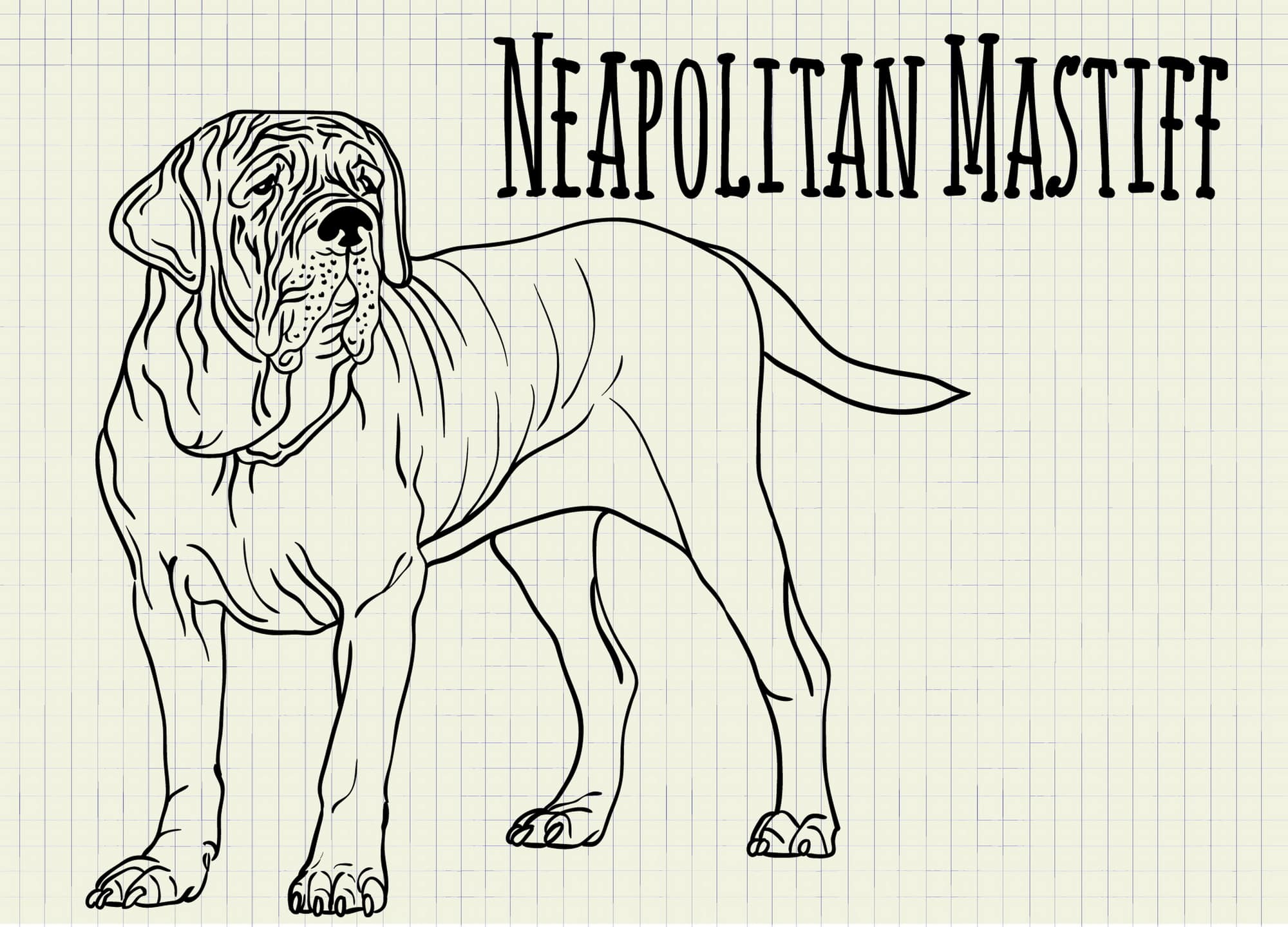
Origin & History
As the name suggests, the Neapolitan Mastiff originates from southern Italy. It was mainly kept by farmers in the area around Naples. Its job was to guard and protect the house, farm and family.
After the Second World War, the breeding of this breed experienced an upswing. In 1949, it was discovered and further bred by the dog breeder Piero Scanziani. The blue color was also crossed in. It is based on a genetic defect. However, these breeding methods are frowned upon today.
The Neapolitan Mastiff belongs to the Molosser group. These were already a respected dog breed in ancient times. Rulers such as Hammurabi used them as war dogs and they were used in military campaigns. They are also said to have been used in arena battles against humans and wild animals.
Today's Neapolitan Mastiff is also known as the "tank of antiquity". It is a direct descendant of the Roman Molosser dog. This served the Roman legions as a fighting dog.
In 1956, the four-legged friend was officially recognized as a pedigree dog by the FCI. Although it is rare in Germany, there is a Molosser club. In some federal states, it is on the list of dangerous dog breeds. For this reason, they can only be kept with official permission.
